Ask a coach: ‘What's the best way to limit Delayed Onset Muscle Soreness (DOMS)?’
The good news is that there are ways to reduce the likelihood and the severity so you can get back on the bike sooner - here’s what you need to know
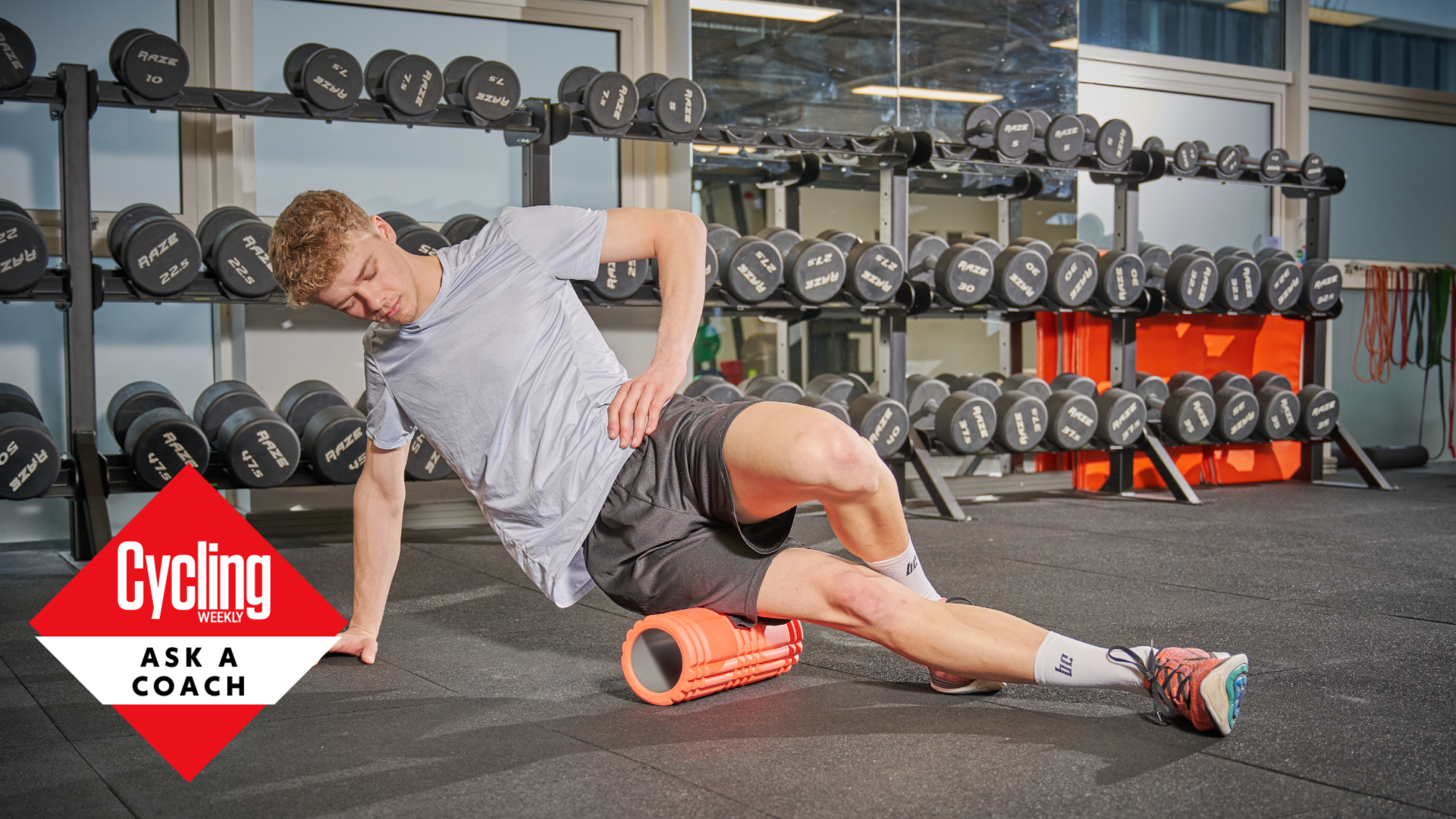
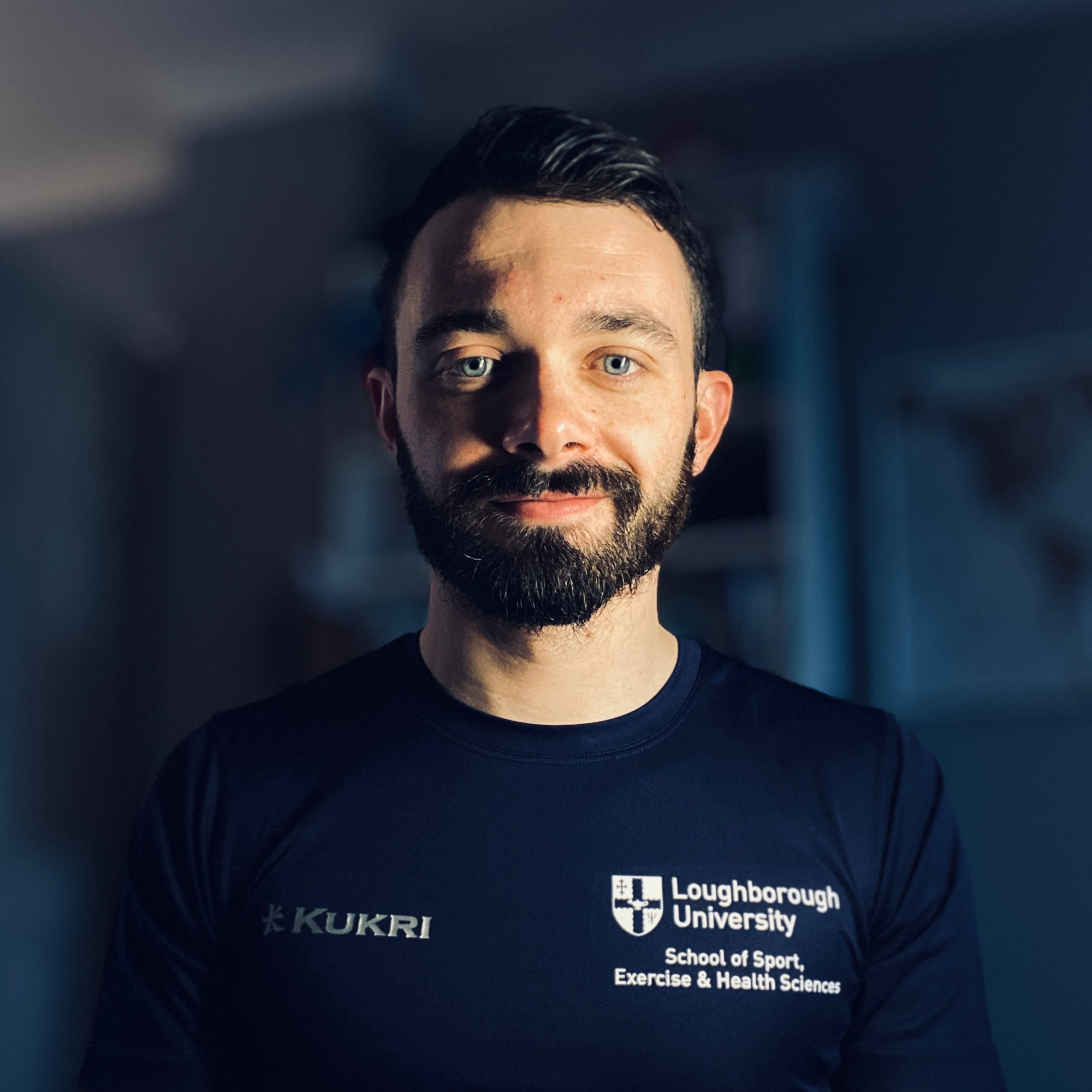
Delayed Onset Muscle Soreness (DOMS): That dreaded feeling the next day after a tough session on the bike (or after restarting gym sessions after a break) - your muscles are tight, hurt to move and generally ache. It can get progressively worse over the next day or so.
Cycling coach Alex Welburn starts off by explaining why we experience DOMS and how you can avoid suffering this muscle soreness in the first place - as well as how to reduce the severity in the case that you do experience it.

Performance cycling coach Alex Welburn is one of the experts who will be answering your questions in Cycling Weekly's Ask a Cycling Coach series, online every Wednesday. He's currently completing a PhD on Critical power and W' at Loughborough University whilst also managing the Performance Project, in which he coaches athletes and provides consultation.
Why do we get DOMS and is there a way to limit it?
Muscle soreness, known as DOMS or ‘Delayed Onset of Muscle Soreness’ often occurs when we undertake unfamiliar exercise. By this, I mean something that we have either not done before, or if it has been a while since we last did it. The first gym session of the year is a great example. I often recall my first session after a few weeks after my off-season and that very next day my legs were incredibly sore and moving was both painful and difficult.
The typical symptoms of DOMS are:
- Soreness/tenderness
- Stiffness
- Swelling
- Pain when moving
- Limited ability to walk up and down stairs
Eccentric exercises (such as a squat or press-up) typically induce more DOMS than the other types of exercises (isometric, such as planks or wall-sits and concentric, such as the pedalling motion when cycling).
The pain typically occurs due to micro-tears within the muscle’s fibers, which can cause inflammation and contribute to the pain as well. These micro-tears aren’t necessarily a bad thing - they are how adaptation occurs after all - but it often leads to the incidence of DOMS.
How can I avoid DOMS?
Before we cover some of the things you can do after you experience DOMS to try and manage and reduce the symptoms, let’s explore a few things you can do to reduce the likelihood/severity of the DOMS in the first place.
Get The Leadout Newsletter
The latest race content, interviews, features, reviews and expert buying guides, direct to your inbox!
First, consider what you are about to do. If it is a new exercise or it has been a while since you have done it, don’t go all in with the first session or two. Take the gym for example. If it has been a while since your last strength training workout, use the first handful of sessions to ease yourself in, particularly with the weight. This means you will limit DOMS, so your training is less likely to be impacted- which also means that you will continue with the gym and be able to reap those consistent gains over winter.
Can I reduce DOMS?
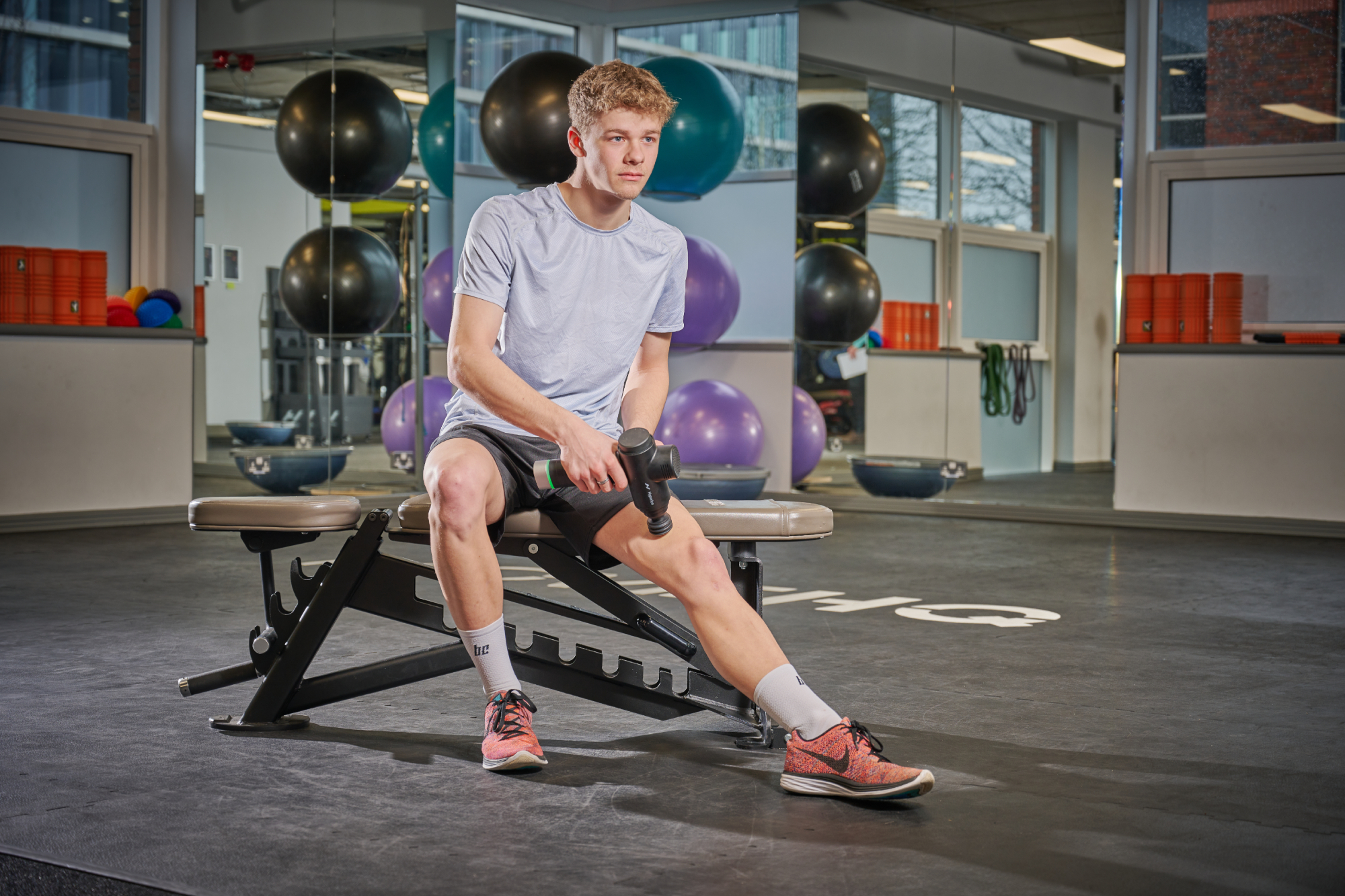
Aside from easing into those new activities which are likely to induce DOMS, let’s say we’ve ignored my advice of starting slowly and we find ourselves rather sore the next day - what can be done then?
Ice Baths
This is where the science can get a little bit murky. Let’s take ice baths for example. It used to be the standard thing to do post-match, especially in rugby but also in other sports. It does appear to reduce muscle soreness. However, here is the caveat, research also suggests that this reduction in soreness - partially related to a reduction in inflammation - can blunt the training response, particularly for muscle hypertrophy (growth of muscle size).
Aside from that fact, an ice water bath can be uncomfortable and as cyclists we often try to avoid the cold - there are other, far easier, strategies you can try instead.
Foam rolling
The classic foam roller. Research has shown that spending 20 minutes using a foam roller can reduce the extent of your DOMS. A foam roller is a relatively cheap, easy and accessible solution.
Massage
Science can be quite mixed on the impact of massage, but it does agree that it can help reduce DOMS by around 30%. Despite the science being mixed on the benefits of massage, I believe that if you feel more relaxed, you are likely to also sleep better. With sleep being the holy grail of recovery, it can therefore have a positive impact. There is also the option of self-massage as well.
Percussive Therapy
This came about in the 1950s, but it has been a constant appearance in social media over the last 5 years or so. Most popular now are handheld massage guns that vibrate at varying intensities and different forces. Research is mixed on whether they do aid in performance, but it does suggest they can help reduce muscle pain.
Nutrition
To ensure you optimally adapt from your training, your body needs sufficient fuel. This will be based on your overall cycling goals and your current training. This will be key after those big rides where you will deplete most of your glycogen stores. An effective solution is your post-ride recovery drink or meal. An easy solution is a chocolate milkshake. This may help the level of DOMS from a big ride.
Collectively, there are many things you can do to help reduce DOMs, some far easier to do than others. In certain circumstances, DOMS will almost be inevitable, but take a few points from the advice above and hopefully, you can reduce them.

Thank you for reading 20 articles this month* Join now for unlimited access
Enjoy your first month for just £1 / $1 / €1
*Read 5 free articles per month without a subscription

Join now for unlimited access
Try first month for just £1 / $1 / €1
Alex is a Physiologist, Performance Coach, who also lectures occasionally at Loughborough
University where he is completing his PhD in Critical power and W'.
After competing for over 10 years on the bike, where he has competed for GB in both
cyclocross and mountain bike events, he now spends his spare time in the mountains as an
aspiring guide. Alex has worked with cyclists of all levels over the last 9 years, from ultra-
endurance world champions to the Women’s TDF. Supporting his PhD he manages The
Performance Project, consulting with and coaching athletes. Finally, he is also a proud
sponsor of southern based LAKA X Pedal Mafia Race Team.
-
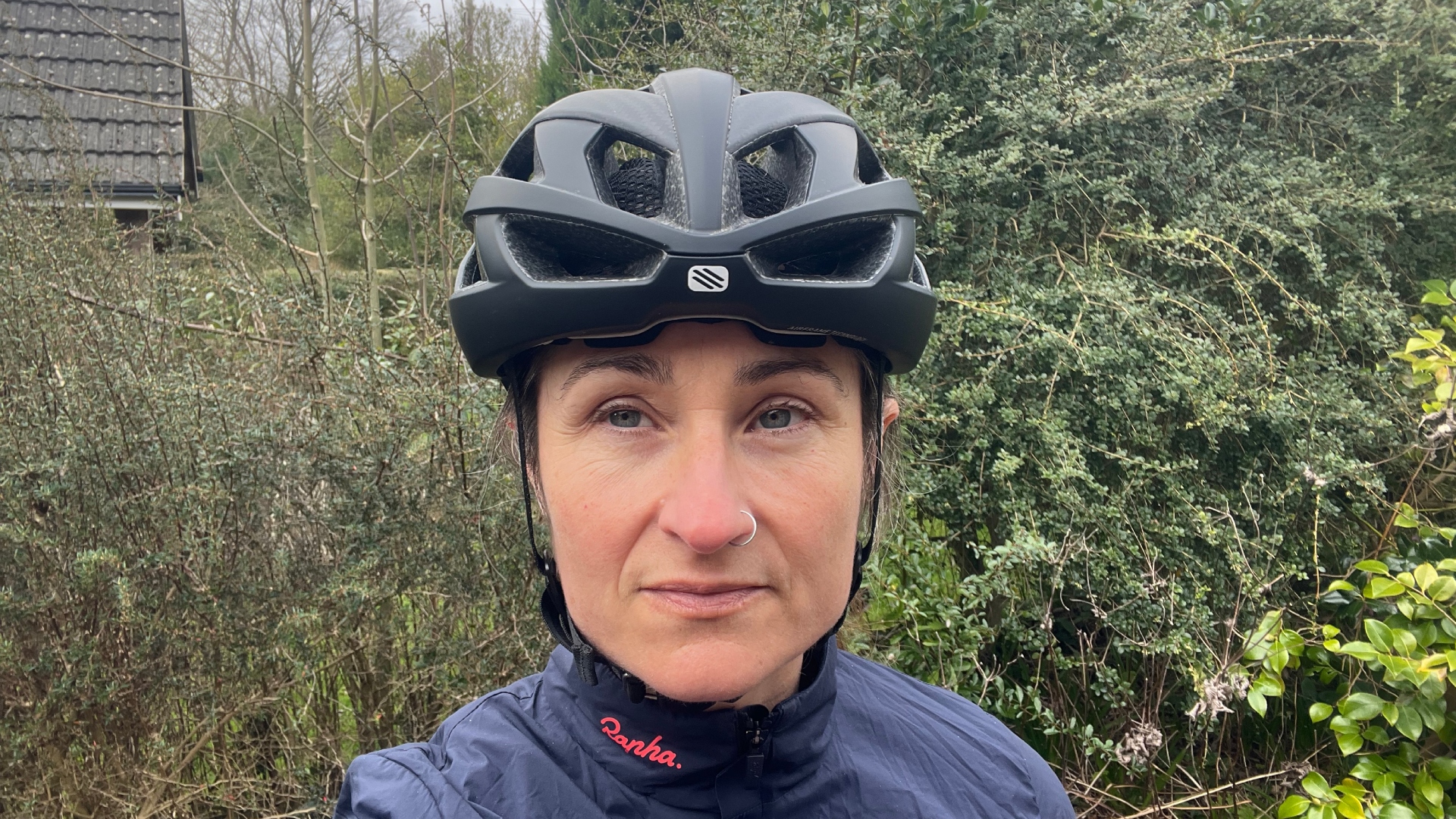 Rudy Project Rebel bike helmet review
Rudy Project Rebel bike helmet reviewRebelling against the solid shell oversized helmet fashion, the Rudy Project Rebel goes big on ventilation and breathability, but there is a weight penalty
By Hannah Bussey Published
-
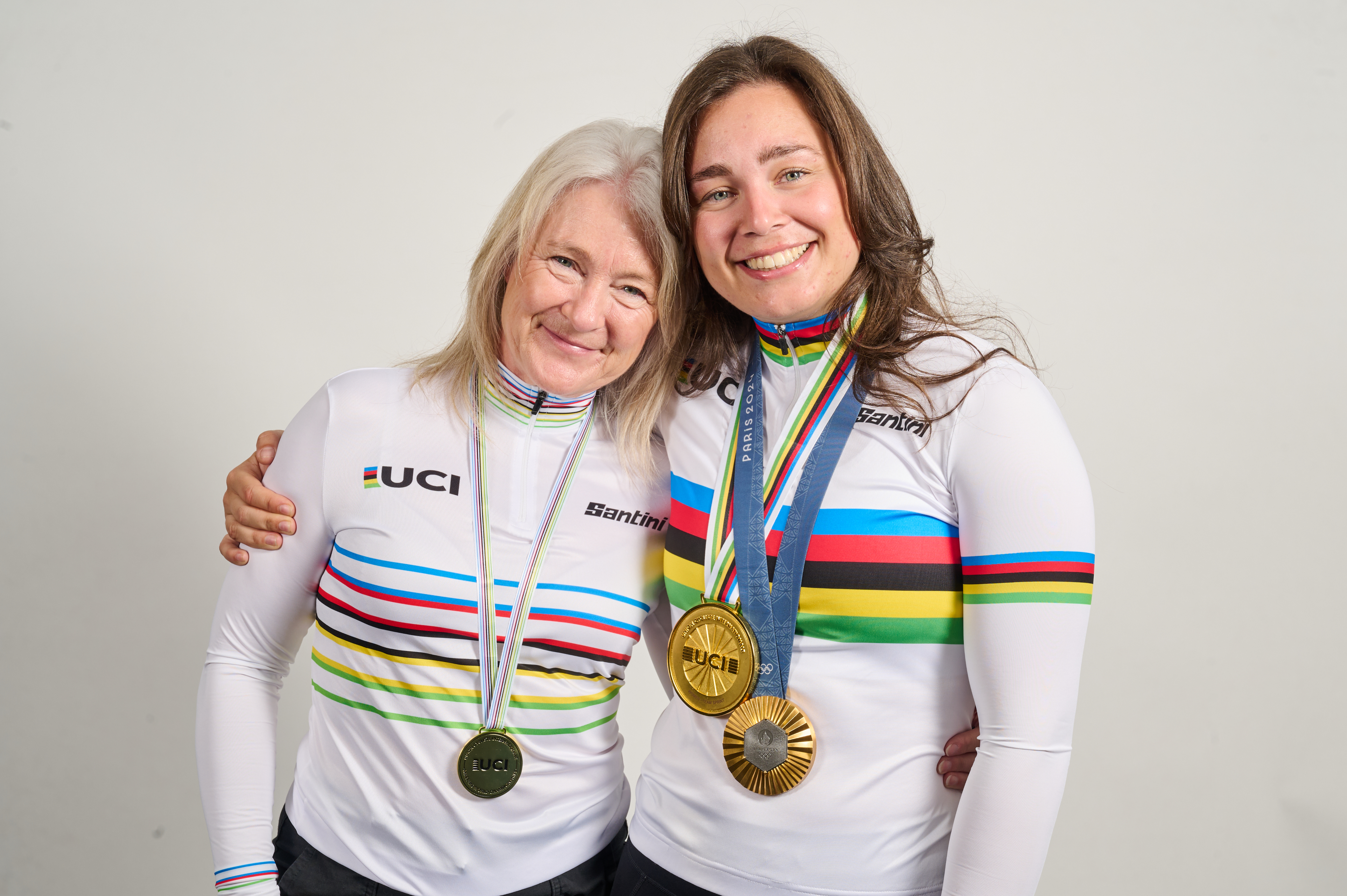 'I wanted to be world and Olympic champion – my parents made me feel that it was possible': Meet Sophie Capewell and her gold medal-winning mum
'I wanted to be world and Olympic champion – my parents made me feel that it was possible': Meet Sophie Capewell and her gold medal-winning mumSome mothers and daughters make memories together. The world-beating Capewells make history too. Tom Davidson meets the extraordinary duo
By Tom Davidson Published